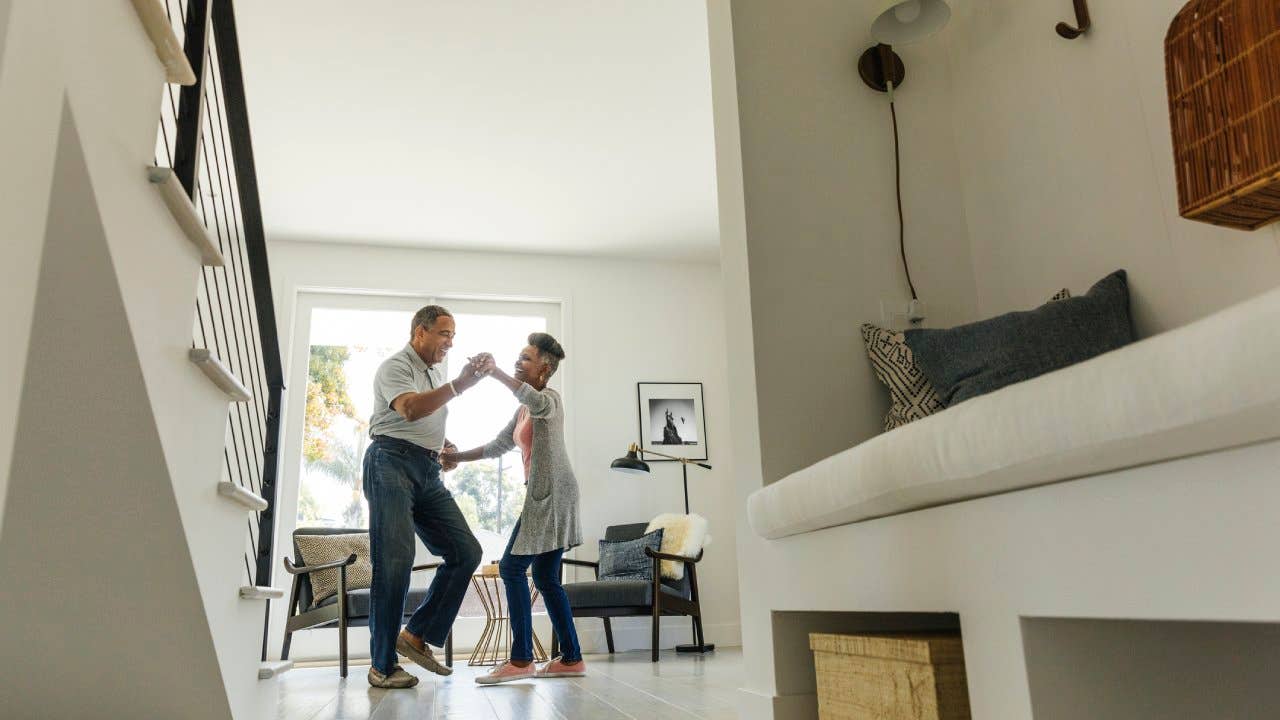What are empty nesters?




Empty nesters refers to a couple residing alone in a home. Their children have grown up and moved out, either to college or to establish their own homes — thus, emptying the familial housing nest. As the U.S. population ages, empty nesters are coming to represent a sizable portion of homeowners. Let’s look at them and their impact on the residential real estate market.
Who are empty nesters?
Empty nesters are no longer actively raising the next generation of their family, whether for the time being or for the long haul. Nor are any members of another generation living with them.
Although the term is sometimes used loosely to describe the middle-aged or senior citizens in general, empty nesters are usually defined by their being the sole residents of their home:
- their children have moved out and are no longer in their care
- no parents or other family members have moved into their homes
What are the characteristics of empty nesters?
Empty nesters are typically in their later 40s, 50s and 60s.
The advantages of being an empty nester
Being an empty nester has many financial advantages:
- No longer having to pay for food, clothing and other child-raising costs (though they may still offer kids some financial support)
- No longer having to pay for health insurance/medical costs associated with children
- Having more time to work, increase income
- Having more time, energy and resources to spend on travel, hobbies and leisure activities
The disadvantages of being an empty nester
There can be downsides to life after the fledglings have flown. Empty nesters often complain of:
- Feeling older, no longer in the prime of life: You’ve suddenly become middle-aged, and you’re not ready
- Being a little lonely: The house suddenly seems so quiet…
- Having more household chores, undertaking the home maintenance the kids used to do (where is that lawn mower?)
- Experiencing some financial bumps: No longer having dependents can affect the amount of income tax owed
All these things can create what’s often called the “empty nest syndrome,” feelings of anxiety, sadness, loss of purpose and depression on the parents’ part, now that the children have left home.
What house plans do empty nesters make?
Empty nesters account for a large chunk of the real estate market. Collectively, those aged 55 to 64 comprise 40 percent of home buyers and sellers; those aged 65 to 73 make up 31 percent, according to the National Association of Realtors 2022 Home Buyers and Sellers Generational Trends report.
Often empty nesters decide to move. They might choose to relocate to a retirement or “over-50” community where lawn and home maintenance are handled by outside contractors.
Empty nesters typically downsize to a smaller home that requires less upkeep, like a bungalow or cottage. However, empty nesters aren’t exclusively buying smaller or less expensive homes. According to the National Association of Realtors data, 35 percent of people aged 66 or above bought a 3,000-square-foot or larger home in 2020, compared with only 23 percent of a comparably aged group in 2017, notes Brandi Snowden, NAR director of member and consumer survey research. They might simply prefer a different layout — a single-story home, like a ranch-style house or a condo apartment, versus a split-level or other model with numerous stairs.
Empty nesters also tend to be more open to relocating and flexible about where they will live. Many empty nesters move to more urban areas to pursue lifestyles that may have been impossible when raising children, or that mitigate the need to drive. They might want to move closer to their children or grandchildren.
Weather might be another factor in empty nesters’ housing decisions. If they live in a cold-weather city, they might want to move to a warmer climate to avoid snow, ice and long spells of freezing temperatures. While some empty nesters are attracted to the sunbelt, others who are already situated there contemplate a move to more temperate and affordable coastal areas.
Empty nesters might buy a vacation or second home, sometimes with the idea of eventually living in it year-round.
What do empty nesters do with their homes?
Many empty nesters remain in their homes, but remodel or renovate them substantially.
Some remodels might reflect simple lifestyle changes, converting a bedroom into a home office, for example, or enclosing a porch for year-round use.
As aging-in-place becomes an increasingly popular choice, some empty nesters make home modifications to accommodate or in anticipation of their changing physical condition, widening doorways or changing countertop heights. Even if they don’t have health issues, they might want to add walk-in showers, non-skid flooring or touch-free faucets — modernizing touches that could even add value to the home.
Others might want to use the property to generate income. As the popularity of Airbnb has continued to rise, more and more homeowners are considering listing their homes or rooms within them for short-term vacation rentals, especially if the home is in a central location.
Another option is to convert basements or garages, or to add detached accessory dwelling units if the property is large enough.




